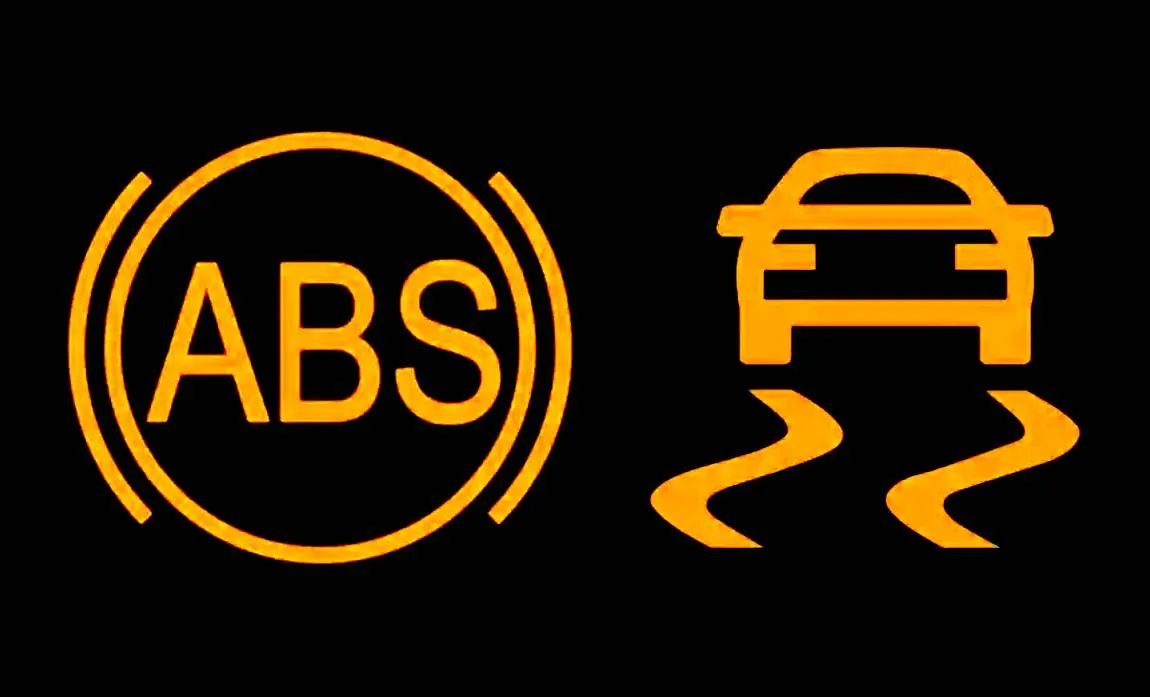

In the complex world of modern automobiles, the evolution of braking systems has given rise to advanced technologies to enhance safety and control. This trio, the Anti-lock Braking System (ABS), Electronic Stability Control (ECS), and Traction Control works together to form a safety powerhouse. ABS ensures your braking is precise, ECS keeps your car stable during maneuvers, and Traction Control prevents wheel spin. In this blog, we will unravel the inner workings of these systems and how each keeps you safe on the road.
Anti-lock Braking System (ABS)

ABS has revolutionized vehicle safety as its primary function is to prevent wheel lock-up during intense braking. The ABS has wheel speed sensors, a hydraulic pump, valves, and a controller. When you hit the brakes, the controller constantly monitors wheel speed using sensors. When the controller detects that the speed of one wheel is slowing down, the controller orchestrates the hydraulic valve to reduce brake pressure, allowing the wheel to turn freely. Once the wheel returns to normal, the hydraulic pump is used to pressurize the brake line again. If another wheel is decelerating, it will repeat the same process.
The Result? This cycle can repeat up to 15 times per second, ensuring your vehicle comes to a stop, even under heavy braking, without sacrificing steering control and reducing the risk of skidding. ABS is a lifesaver, especially in emergencies where panic braking might otherwise lead to loss of control.
Electronic Stability Control (ECS)

The ECS is very similar to the ABS but steps in when it detects a loss of traction or a potential skid. Mercedes were the first auto company to introduce this technology. As of 2012, the government has mandated the use of ECS in vehicles. The main components of this system are a wheel speed sensor, a steering angle sensor, a control module, a yaw rate sensor, an accelerometer, and a hydraulic modulator.
To understand how this system works, imagine driving down the highway at 60 miles per hour. You swerve left to avoid hitting a deer. What happens in the short duration to follow? The yaw rate sensor determines where your car is pointing, the steering angle sensor determines where your front wheels are pointing, the accelerometer determines if your vehicle is sliding, and the wheel speed sensors monitor each wheel’s speed. If you turn your wheel very abruptly to the left, your vehicle will initially understeer. The control module recognizes the discrepancy between the intended path (communicated by the steering angle sensor) and the actual path (communicated via the yaw rate sensor) and sends a signal to the hydraulic unit, directing it to increase braking power to the left rear wheel. This causes the automobile to rotate left (the desired response).
The Result? This system helps drivers maintain control during unexpected maneuvers, turning potentially hazardous situations into controlled, calculated actions. It’s a digital safety net that enhances vehicle stability and prevents accidents caused by loss of control.
Traction Control

Traction Control complements ABS and ECS by focusing on wheel spin. If a vehicle is unable to gain traction in icy conditions, one wheel will spin while the other simply remains stationary. This is when traction control steps in. Traction control monitors wheel speed using ABS wheel speed sensors. If a wheel is slipping, traction control reduces engine power to help the wheel regain traction. If necessary, traction control can also apply the brakes to the slipping wheel transferring power to the one with better traction.
The Result? Enhanced stability and traction on challenging terrains, demonstrating how technology ensures your vehicle stays in command even in adverse conditions.
The ABS, ECS, and Traction Control form a pinnacle of safety, transforming the driving experience and reducing the likelihood of accidents. As we navigate the roads, these systems silently work in the background, aligning their efforts to keep us secure and in control, whether we’re navigating treacherous road conditions or faced with sudden obstacles. Interested in learning more about your vehicle’s brake system? Check out our blog Breaking Down the Basic Facts on Brakes to learn more about brake pads and rotors. If you have any concerns about your ABS, ECS, or traction control systems, call Luke’s Auto Service in Verona, NJ for all your maintenance needs.
References:
Images:
